
Peoples and Languages
Social Media
Leave comments, suggestions, keep an eye on news in our groups on VK, Odnoklassniki and Telegram channel


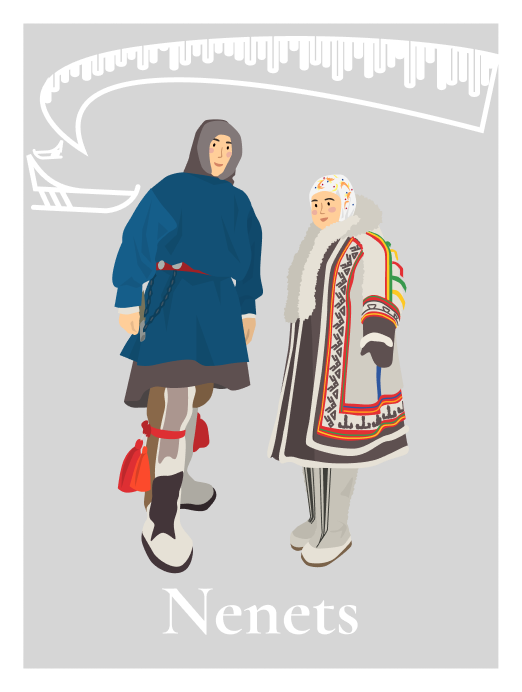
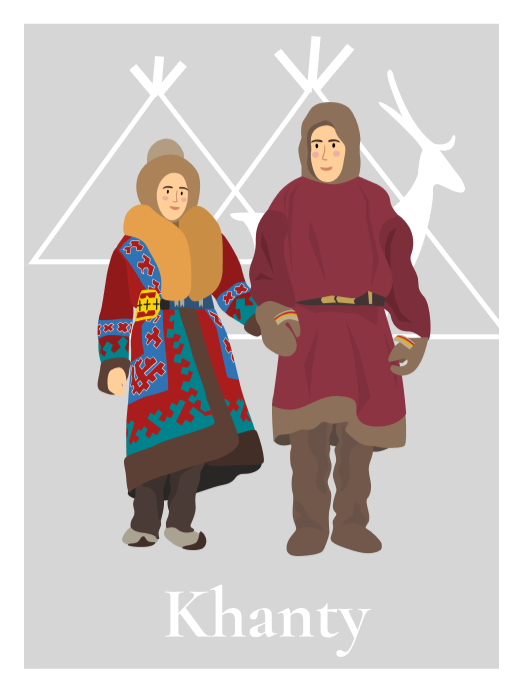


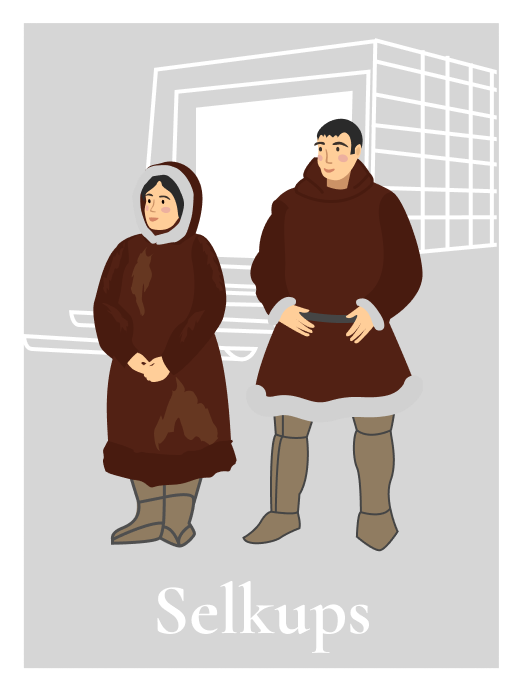
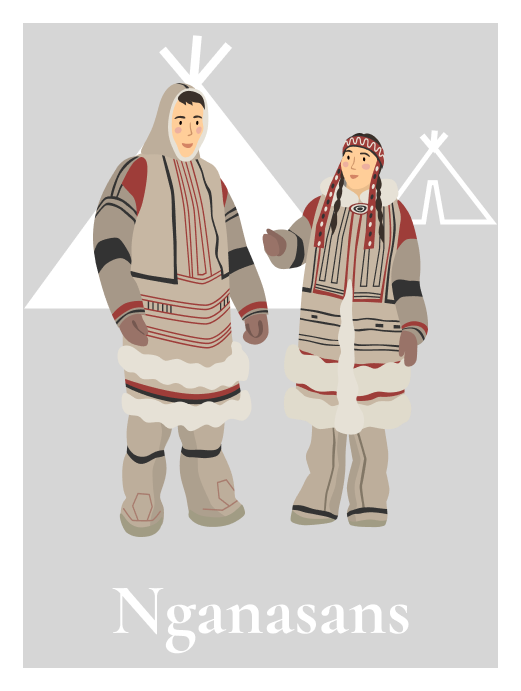
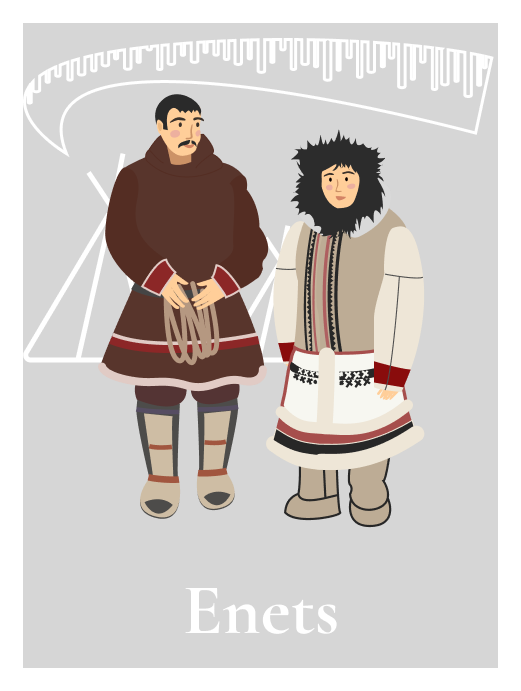
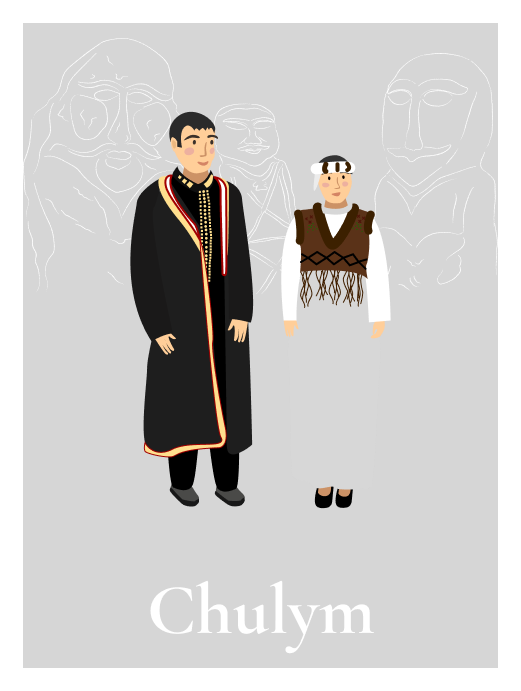
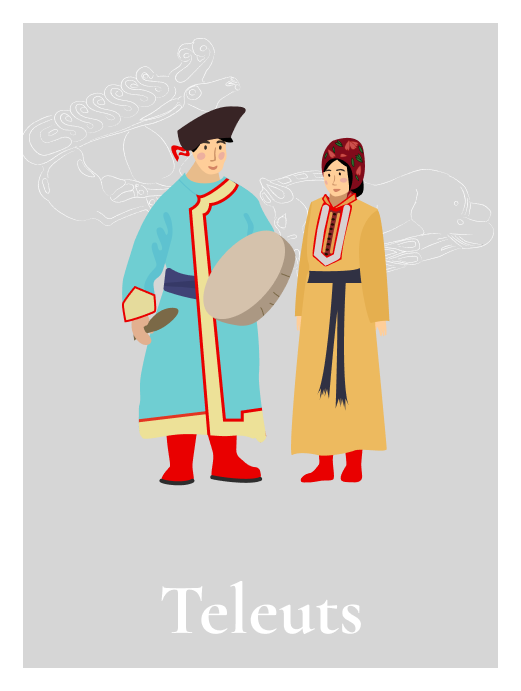


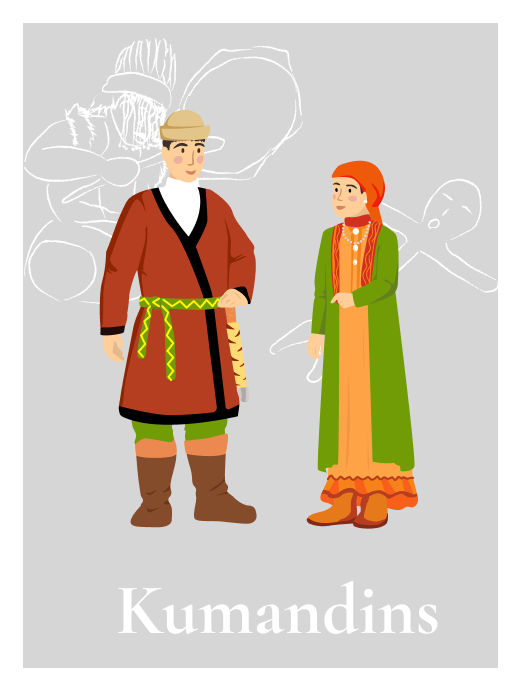

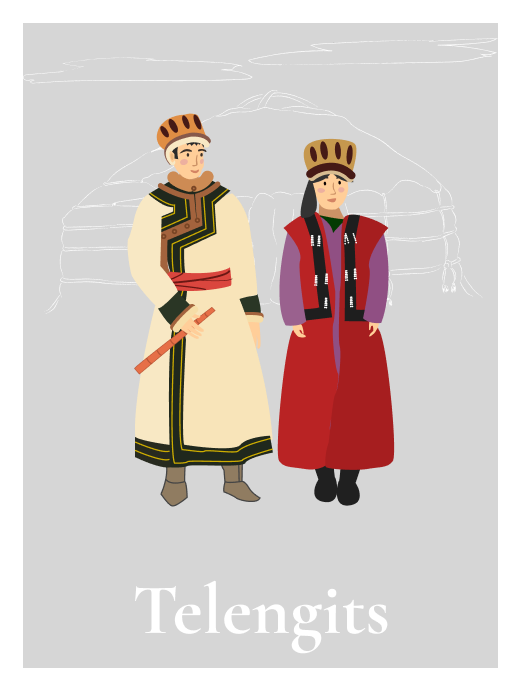

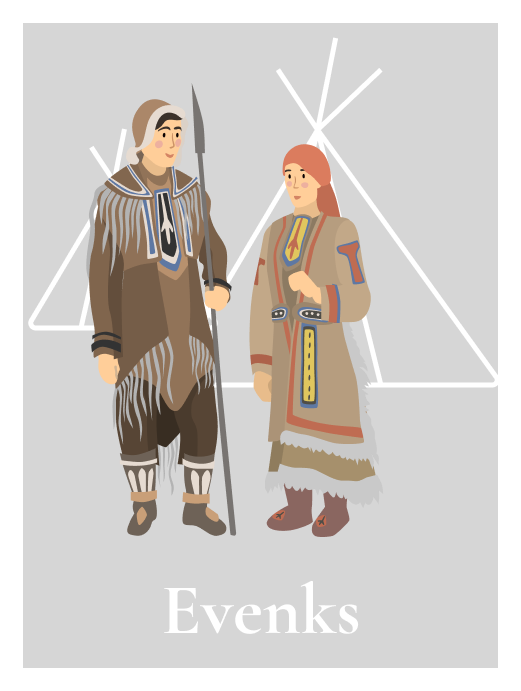
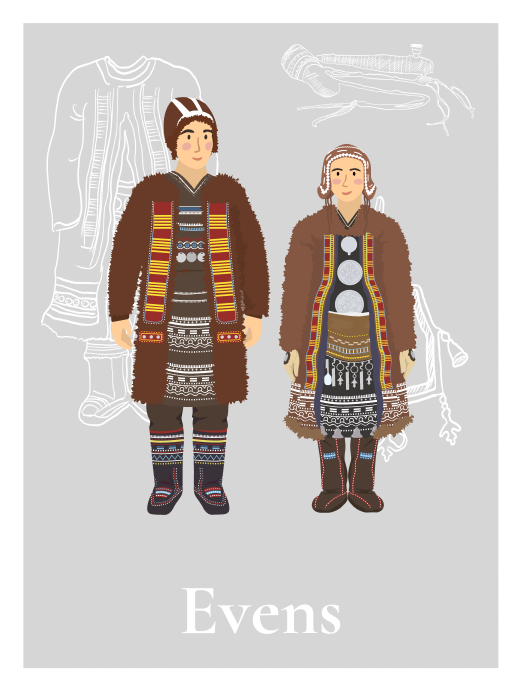
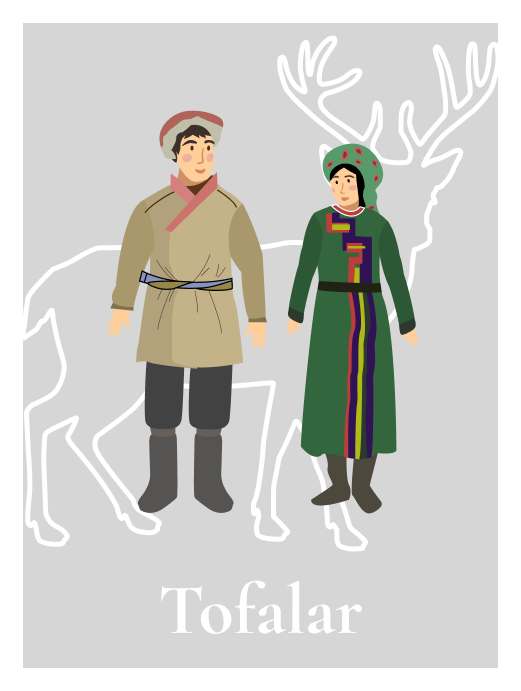
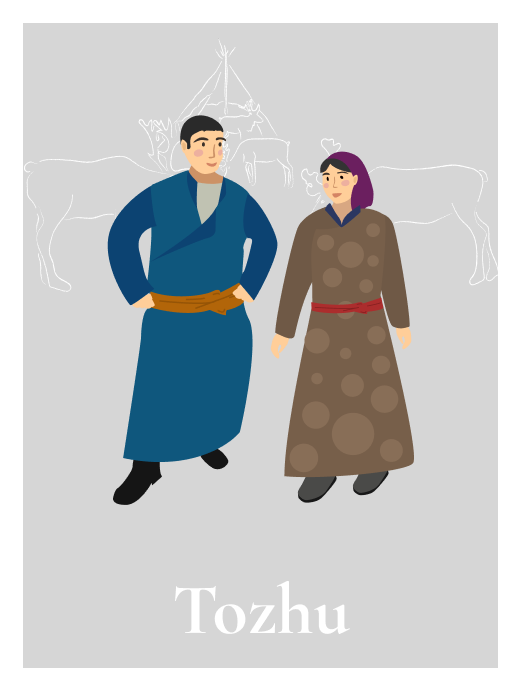
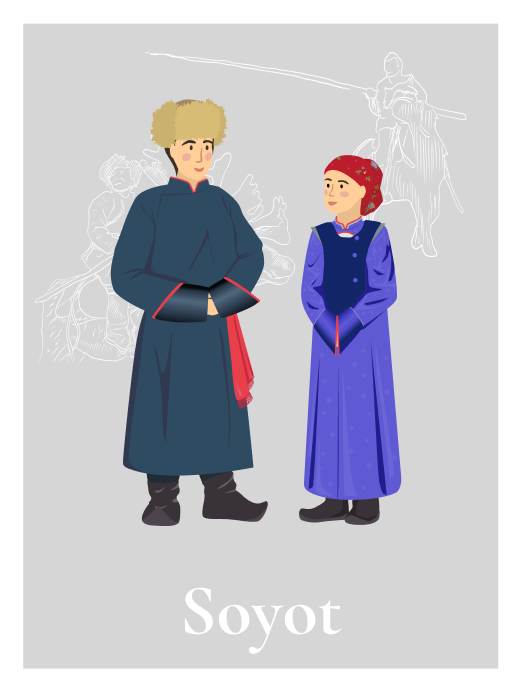
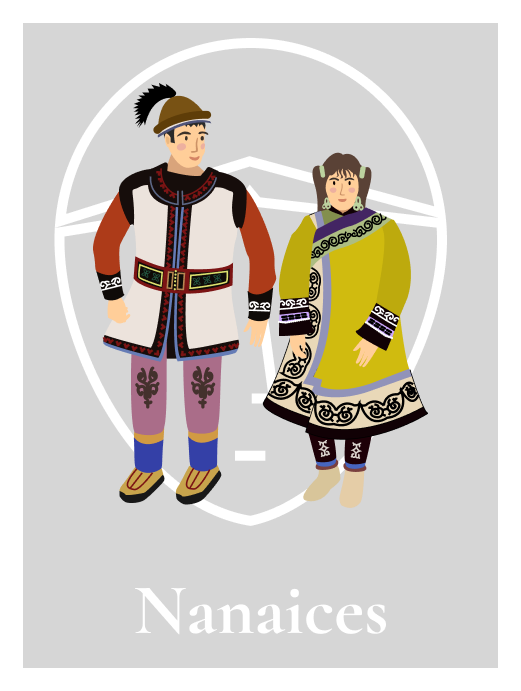
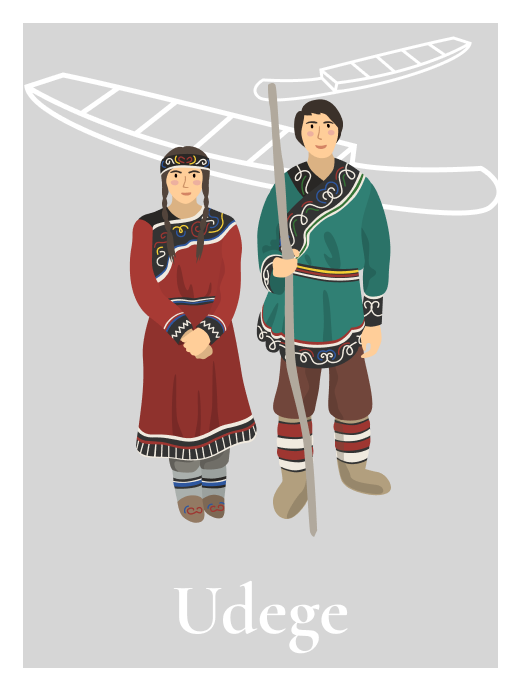

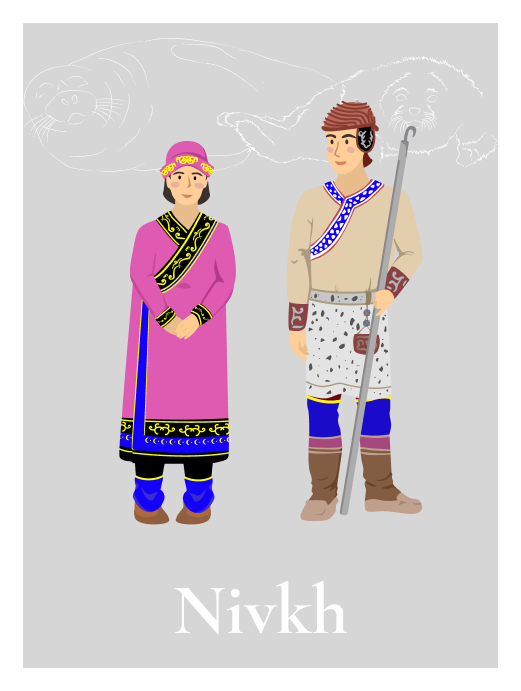
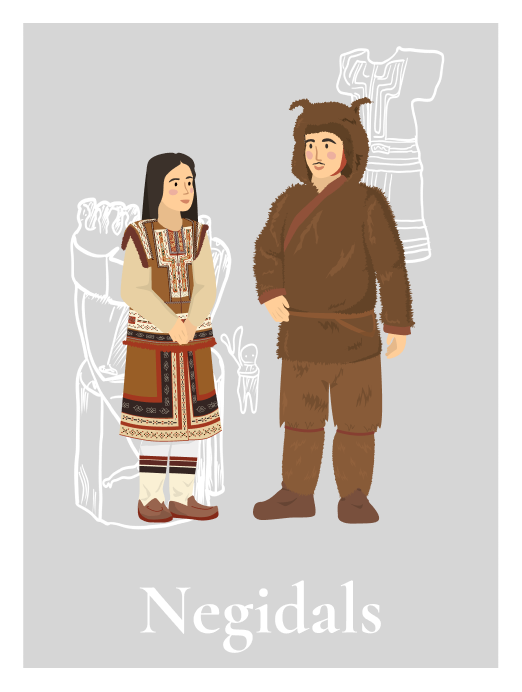
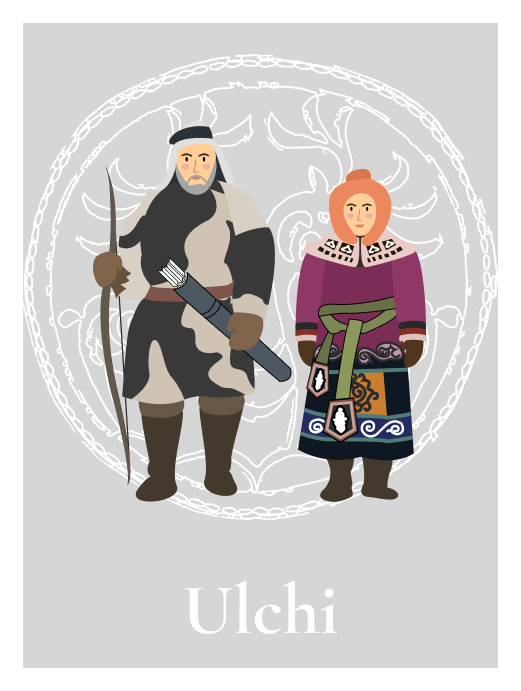


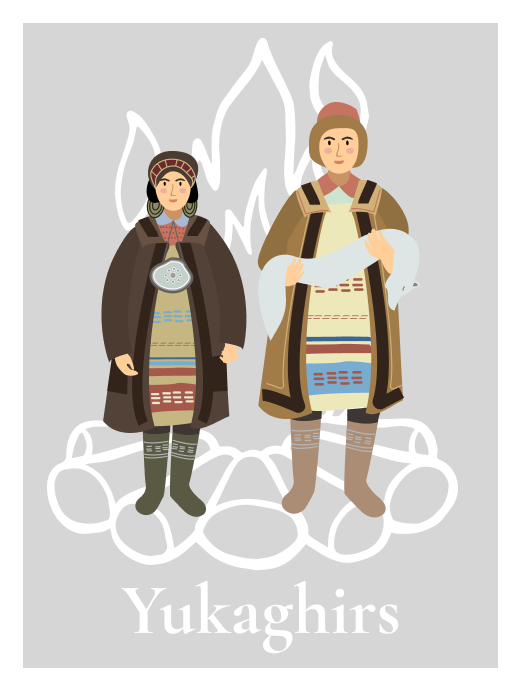
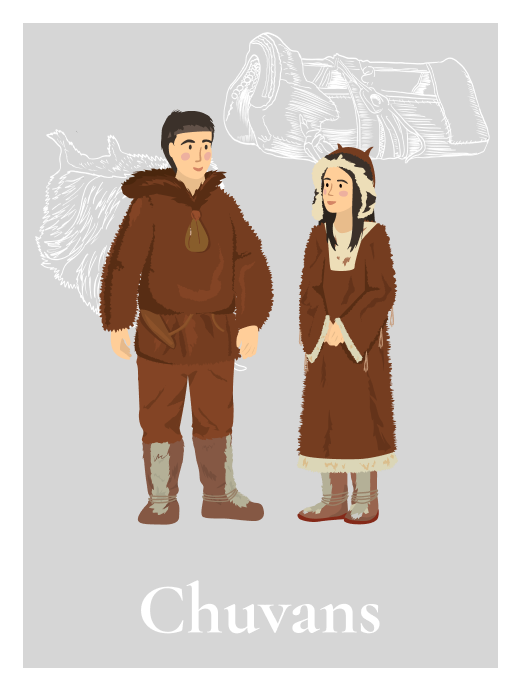
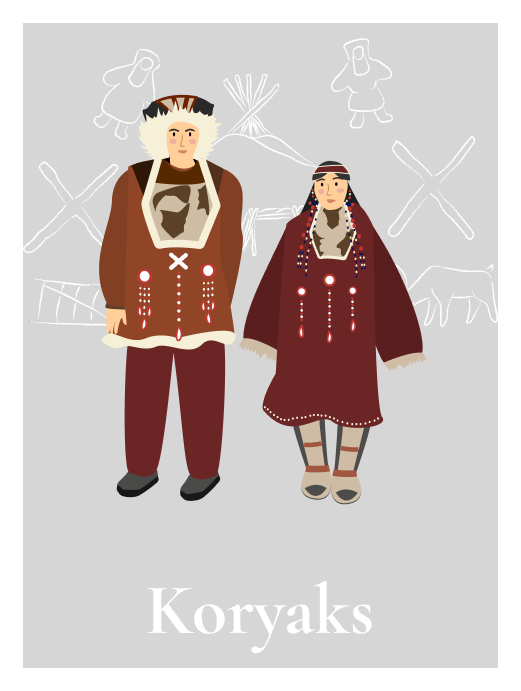

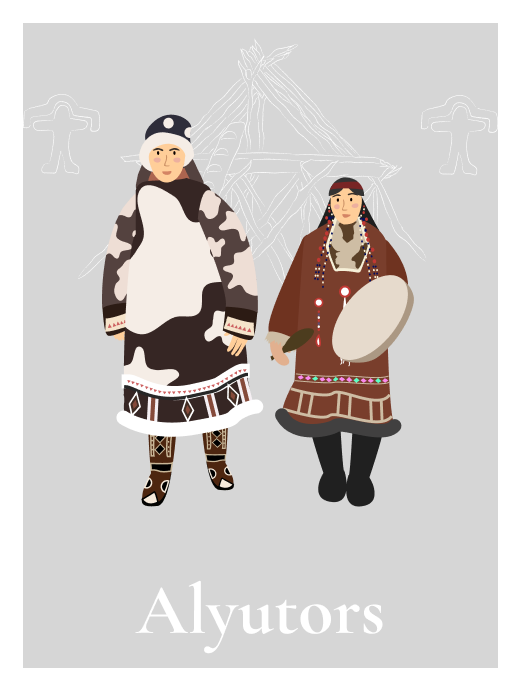


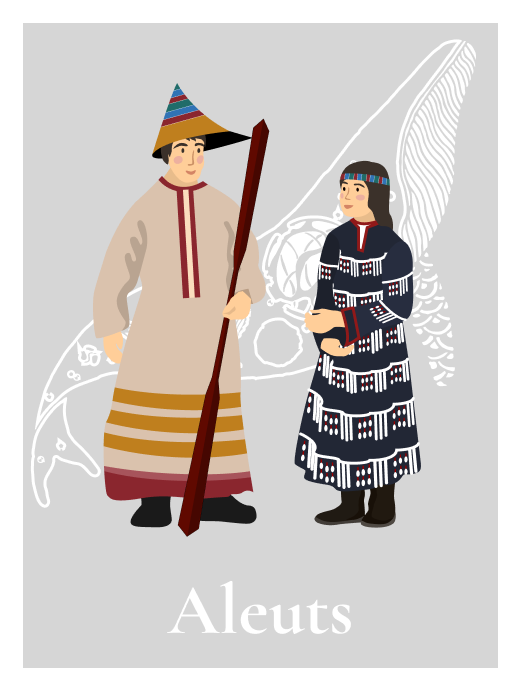

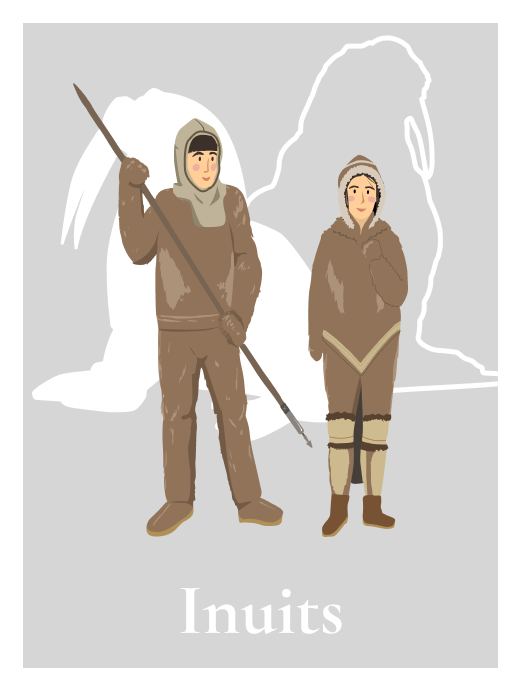
In pre-Soviet times, sedentary inhabitants of the Penzhinskaya Bay and nomadic reindeer herders in the northern part of the Kamchatka Peninsula were commonly referred to as Koryaks. Inhabitants of the shores of Kamchatka were called Lyutors or Alyutors, and their language had a certain similarity to that of Koryaks. In the 1930s, all these groups (sedentary Koryaks, reindeer herders, and Alyutors) were referred to as Nymylans in accordance with the self-designation of Alyutors and certain other sedentary groups, whereas their language was called Nymylan or Koryak.
The literary Koryak language was based on the parlance traditionally used by Chavchuven nomads. Today, Koryak is sometimes also referred to as Chavchuven (cf. article in the Great Russian Encyclopedia). The Koryak-Chavchuven people call their language чав’чывэн йилыйил, чав’чываелыел [Chavchuven language] (йилйыл ‘language’ + чав’чывэн, чав’чыва- ‘Chavchuven’).
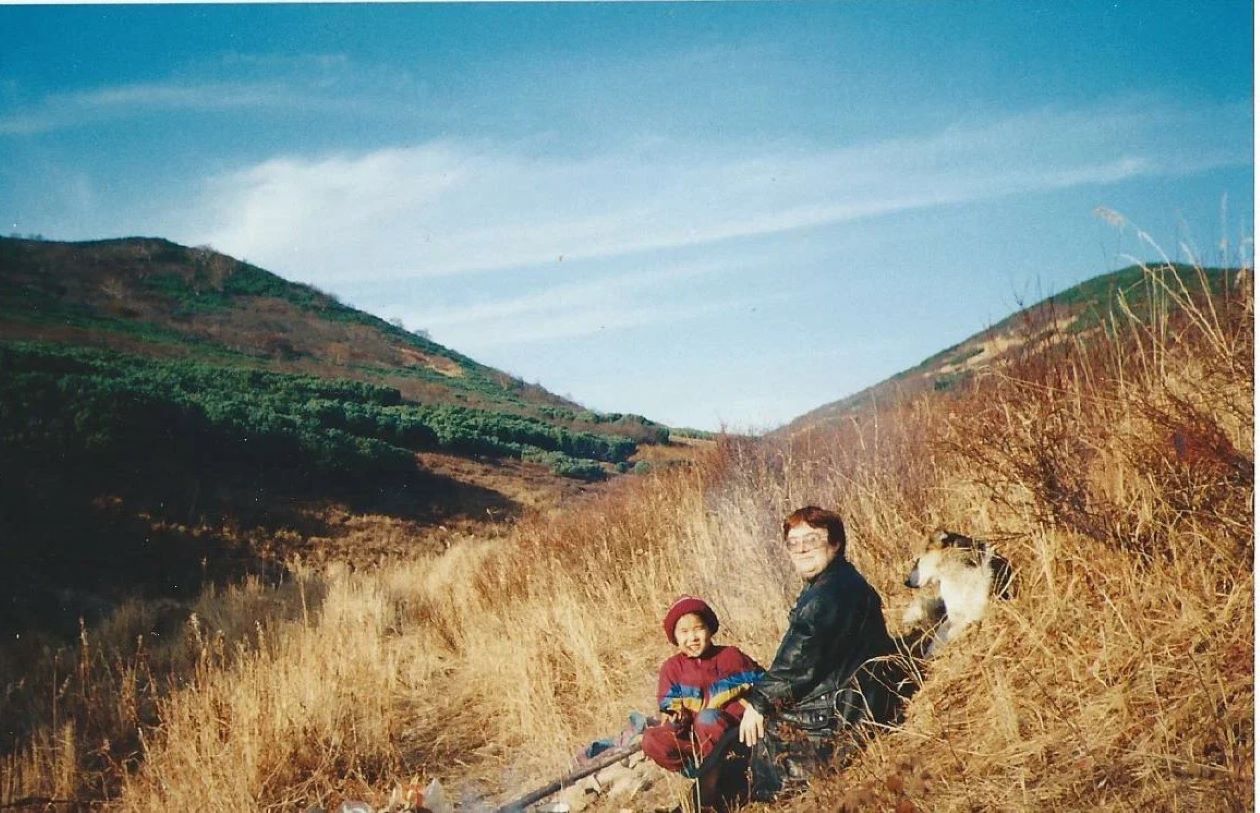
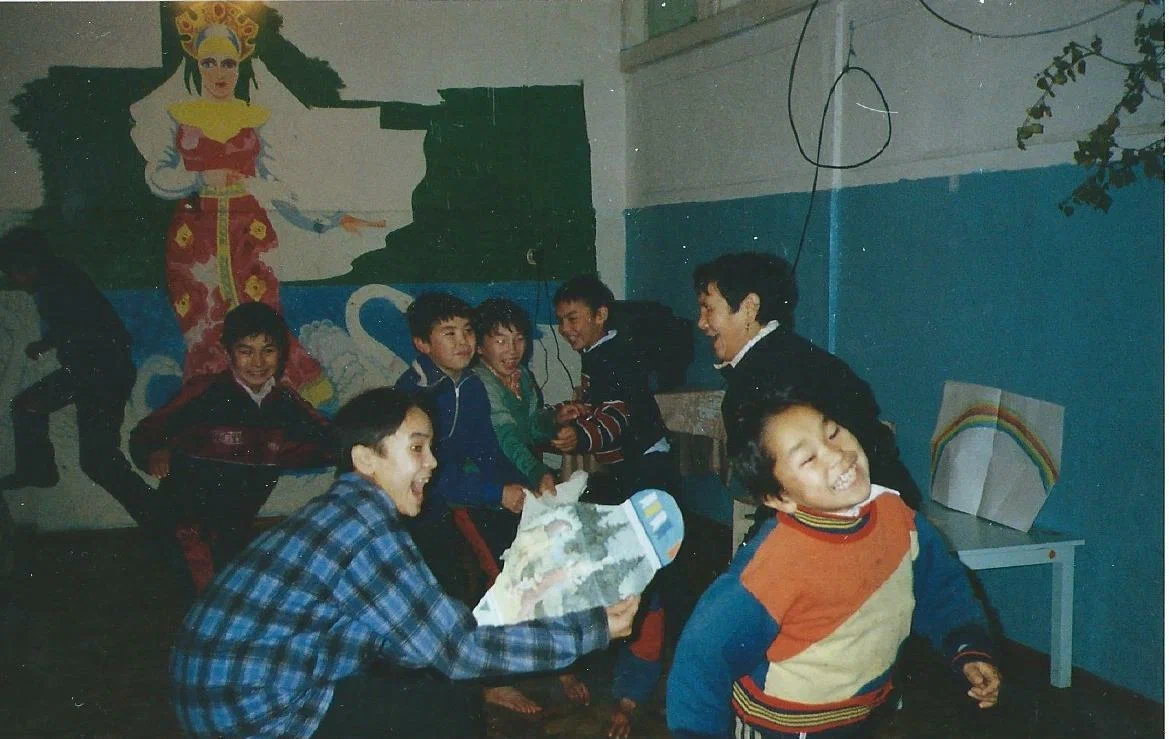
According to the 2010 All-Russian Population Census, 1 665 people indicated that they spoke Koryak. Native speakers of Alyutor also identified themselves as speaking Koryak, since most of them are used to this official scientific interpretation. Yukari Nagayama, a Japanese field researcher, calculated that in 2015 around 200 people spoke the actual Alyutor language, as well as Palan and Karagin dialects of Koryak that greatly resemble it. They were all residents of the Kamchatka Territory. Therefore, there are about 1 450 people fluent in Koryak (the main Chavchuven dialect, as well as Pareni, Kamensk, and Apukin dialects that share some similarities with it). Most likely, this list includes both fluent users and those who only understand some phrases and/or can say a few words.